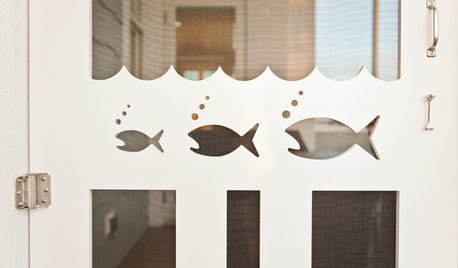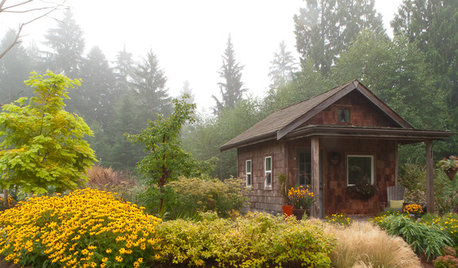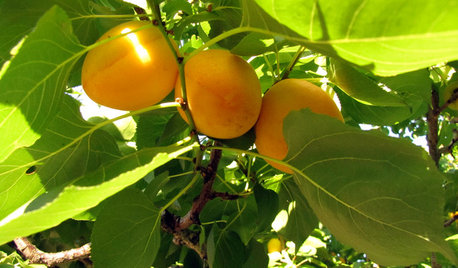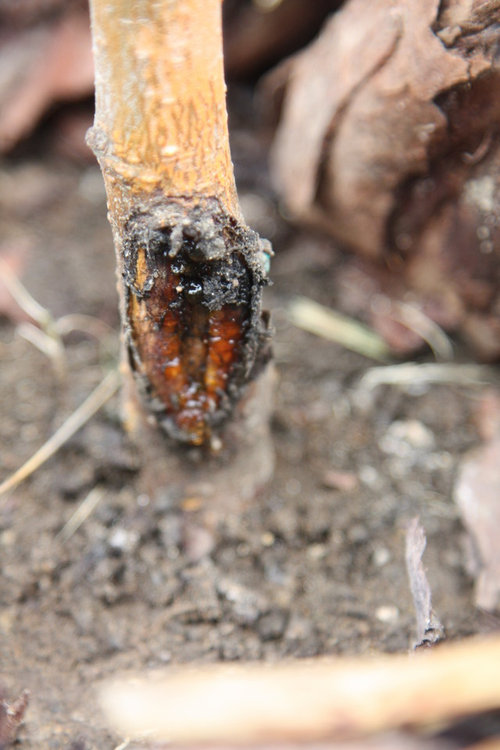Peach Tree - 1st Leaf - Canker?
BSmith321
11 years ago
Related Stories

EDIBLE GARDENSHow to Grow Your Own Peaches and Nectarines
Make gardening a little sweeter with these juicy fruits, which you can eat after plucking or preserve for later
Full Story
EDIBLE GARDENSGrow Plum Hybrids for Your Favorite Fruit Flavors
Plums are cozying up with apricots, peaches and even cherries — here’s how to grow these hybrids for the best aspects of each
Full Story
EDIBLE GARDENSHow to Grow 10 Favorite Fruit Trees at Home
Plant a mini orchard in fall, winter or early spring to enjoy fresh-off-the-tree fruit the following year
Full Story
GARDENING GUIDESHow to Keep Your Citrus Trees Well Fed and Healthy
Ripe for some citrus fertilizer know-how? This mini guide will help your lemon, orange and grapefruit trees flourish
Full Story
FRUIT TREESHow to Grow Your Own Juicy Plums
Easier than other stone fruits and with a variety of colors to choose from, plums are a versatile garden addition
Full Story
GARDENING GUIDESSpring Citrus Care Reaps Months of Sweet Rewards
Learn how to tend citrus trees in spring and ways to preserve their delicious fruit
Full Story
TRIMShutter Cutouts: A Window to One's Soul?
To settle on the perfect shape for this simple detail, follow your heart — or diamond, or maple leaf
Full Story
PLANTING IDEASGreat Garden Combo: A Fall Landscape Scene That Lasts
Span the seasons with trees, shrubs and grasses that offer color and texture in abundance
Full Story
EDIBLE GARDENSHow to Grow Your Own Apricots
Velvety fruit, pretty blossoms and interesting bark make apricot trees a delight — and they’re great for smaller gardens
Full Story
TREES11 Japanese Maples for Breathtaking Color and Form
With such a wide range to choose from, there’s a beautiful Japanese maple to suit almost any setting
Full Story








BSmith321Original Author
gator_rider2
Related Professionals
Allen Landscape Architects & Landscape Designers · Essex Landscape Architects & Landscape Designers · Glen Ellyn Landscape Architects & Landscape Designers · Harrison Landscape Architects & Landscape Designers · Port Royal Landscape Architects & Landscape Designers · Quincy Landscape Architects & Landscape Designers · Surprise Landscape Contractors · Biloxi Landscape Contractors · Broomfield Landscape Contractors · Davis Landscape Contractors · Los Banos Landscape Contractors · Overland Park Landscape Contractors · Pahrump Landscape Contractors · Seminole Landscape Contractors · Wickliffe Landscape ContractorsBSmith321Original Author
BSmith321Original Author
gator_rider2
blazeaglory
BSmith321Original Author
ltilton
blazeaglory
blazeaglory
BSmith321Original Author
BSmith321Original Author
blazeaglory
BSmith321Original Author
alan haigh